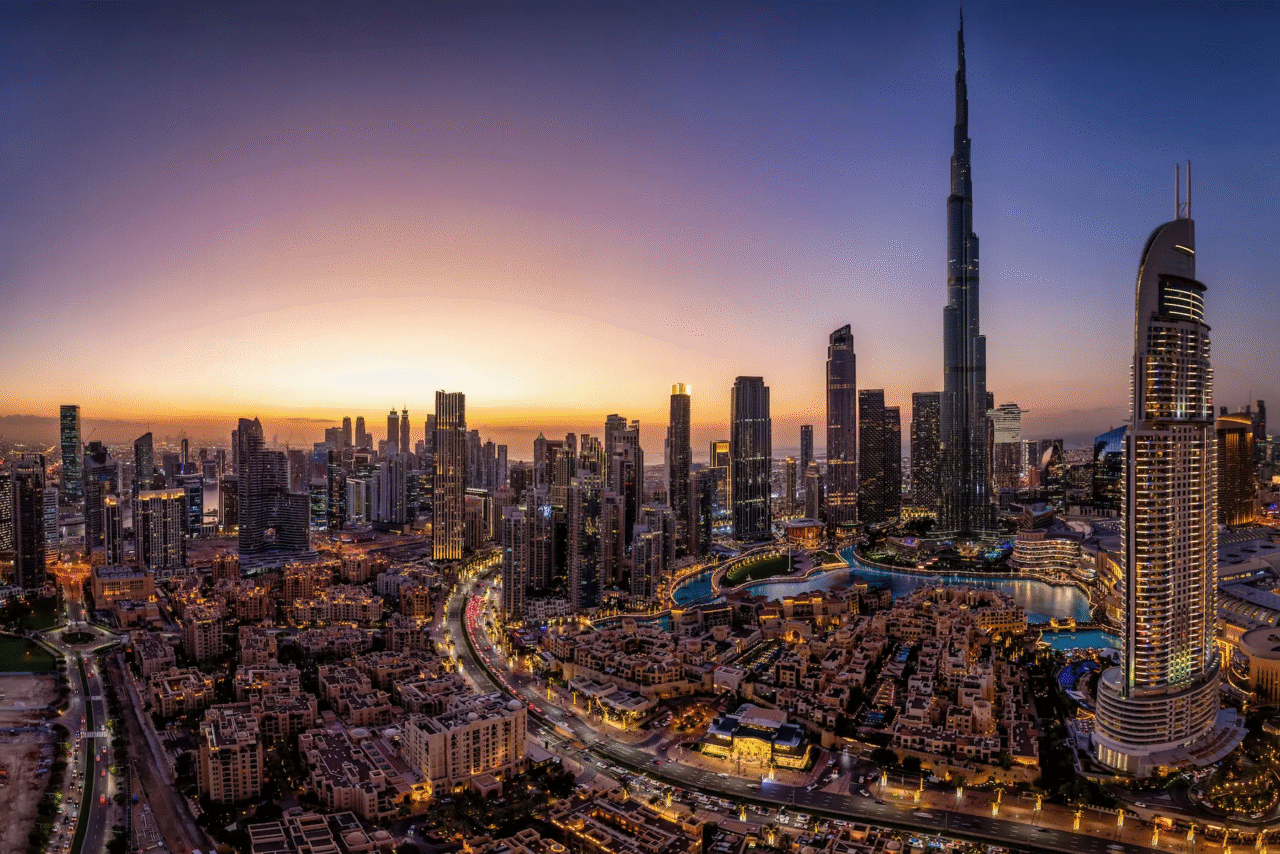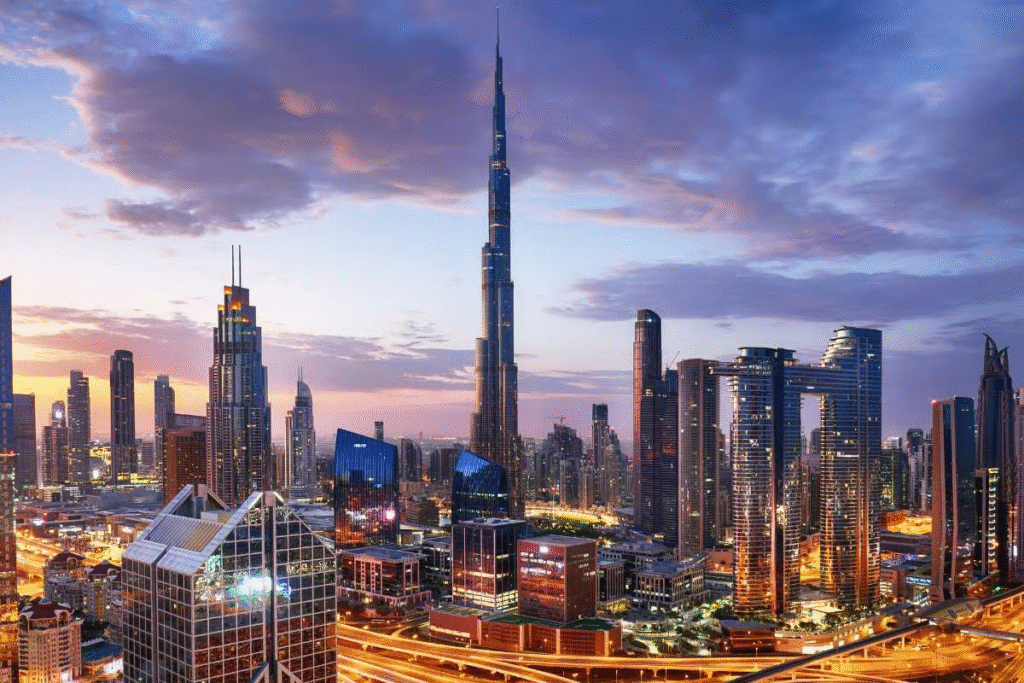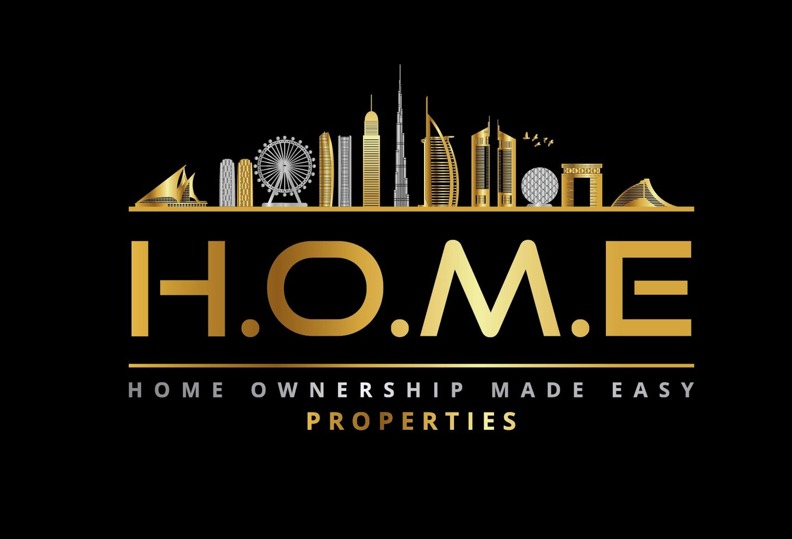
Dubai Holds the Global Crown in Ultra‑Luxury Home Sales
Dubai has once again reinforced its status as the world’s pre‑eminent super‐prime residential market. In the second quarter of 2025, the emirate led all global cities in the number of homes selling for US$10 million or more, according to the latest Global Super‑Prime Intelligence report from Knight Frank. Yet it isn’t just the number of transactions that’s remarkable—it’s the speed of growth, changing buyer preferences, and the broader economic underpinnings that make this rise particularly meaningful.
What the Data Shows

Here are some of the key numbers making headlines:
- Globally, there were 590 super‑prime (US$10m+) property deals in Q2 2025, up from 497 in Q2 2024 – a 19% year‑on‑year increase.
- The total value of those transactions surged 33% to about US$11.8 billion, up from US$8.9 billion a year earlier.
- In Dubai alone, there were 143 homes priced above US$10 million sold in Q2 2025, generating US$2.6 billion in value. That’s a 37% increase over Q1 2025 (US$1.9B) and 63% up from Q2 2024.
- Notably, for the first time since Q2 2023, apartments outsold villas in the ultra‑luxury category: 80 apartments vs 63 villas among the US$10 million+ deals.
- Top neighbourhoods driving these sales included Palm Jumeirah (28 deals), La Mer (23), and Downtown Dubai (16) in Q2.
- Prices in prime communities averaged AED 3,850 per square foot (~US$1,050–1,100, depending on conversion), up about 18% year‑on‑year.
These numbers aren’t just random spikes—they represent a pattern of accelerating demand, especially at the very top end of the market.
Why Dubai Is Winning
Dubai’s leadership in ultra‑luxury home sales isn’t accidental. A combination of structural, policy, and lifestyle factors are aligning to push demand—and supply dynamics—in ways favorable to the luxury segment.
- Investor‑friendly policies & residency incentives
Dubai (and the UAE more broadly) has introduced or expanded residency/permanent residence (“golden visa”) programs, eased regulations for foreign ownership, and offered incentives that reduce cost or friction for wealthy international buyers. These policies lower barriers and increase Dubai’s attractiveness as both a long‑term home and an investment base. - Lifestyle appeal, safety, connectivity
Things like year‑round sunshine, world‑class infrastructure, zero or very low income tax, high safety levels, and luxury amenities are major draws. Especially post‑pandemic, many ultra‑high‑net‑worth individuals (UHNWIs) seem to be looking for places that combine luxury with livability, good quality of life, and political stability. Dubai checks many of those boxes. - Scarcity and supply constraints in ultra‑luxury homes
Homes that cost US$10m+ are rare. Even within Dubai’s luxury market, ultra‑luxury supply is limited—especially for completed homes in prime locations. This scarcity pushes up the value of what is available. Developers are aware, and many are tailoring ultra‑premium and “trophy” properties to meet that demand. - Global capital flows & wealth growth
Wealth accumulation globally—in Asia, Europe, the Middle East—is feeding demand. Some buyers are looking for safe havens or second homes; others want luxury residences as status symbols; many want appreciating assets. The dollar‑based ultra‑luxury real estate segment has become a key vehicle for that. - Shifting preferences
The fact that apartments have started to outsell villas at the ultra‑luxury tier suggests changing preferences: perhaps more buyers want convenience, views, lower maintenance, or better locations rather than sprawling estates. Also, “ready‑to‑move” homes are increasingly preferred over off‑plan in that top bracket.
Risks, Challenges & What to Watch

While the story is compelling, there are important caveats and risks, as well as signals to monitor, to understand how sustainable this ultra‑lux boom is.
- Interest rate and financing environment
Globally, rising interest rates make borrowing more expensive. Even for ultra‑wealthy buyers, financing costs and currency risks matter. If borrowing costs rise further, or if global macroeconomic shocks occur, buyer confidence could be shaken. - Overvaluation and bubble risks
Rapid price increases, especially in hot neighbourhoods, run the risk of overshooting fundamentals. If values rise too fast without matching quality or corresponding infrastructure enhancements, there could be corrections. - Policy or regulatory shifts
Changes in taxes, visa/residency regimes, or foreign ownership laws could materially affect demand. Dubai has, so far, maintained favorable policy settings, but nothing is guaranteed. - Supply catch‑up or delayed supply impacts
While ultra‑luxury supply is currently constrained, there are many projects under development. If a lot of high‑end inventory comes on the market at once, it could put downward pressure on prices or at least slow growth. - Geopolitical, currency, and currency convertibility risk
Many buyers are international; changes in exchange rates, geopolitical tensions, or travel restrictions could affect demand flows.
What This Means Moving Forward

Given the data and dynamics, here are some likely trends and what to expect in the remainder of 2025 and beyond:
- Continued strong performance in ultra‑luxury
The momentum is likely to carry forward—especially in iconic, coastal, or ultra‑prime areas like Palm Jumeirah, La Mer, Emirates Hills, Jumeirah Bay Island, etc. Buyers seeking prestige, seclusion, and excellence will continue to gravitate there. - More trophy and branded residences
Developers will increasingly focus on ultra‑luxury developments with unique design, bespoke amenities, concierge services, perhaps even collaborations with luxury brands, to attract UHNWIs. The “trophy home” is more than just space—it’s prestige. - Shift toward apartments in top end
The recent tilt in favour of high‑end apartments over villas might persist, especially in prime locations with views, waterfronts, or iconic skyline vistas. Buyers attracted to luxury will be looking for the combination of location + view + convenience, not just land + building. - Greater emphasis on ready‑to‑move inventory
As risk aversion increases, buyers in the ultra‑lux segment may prefer completed homes over off‑plan because of less uncertainty. Delays, cost overruns, or construction quality concerns weigh more heavily at these price points. - More international buyer diversity
Already, many buyers are coming from Asia, Europe, and the Middle East. We might see more emerging markets (e.g., South Asia) providing buyers, especially as global wealth increases and as Dubai’s international appeal strengthens. - Possible moderation or stabilization
If financing costs rise, or if global macroeconomic shocks occur (inflation, geopolitical conflicts, currency volatility), growth may moderate. But given current strengths, any slowdown may be more of a “cooling” than a reversal.
Broader Implications
Dubai’s leadership in ultra‑luxury real estate isn’t just a headline—it has ripple effects across economics, urban planning, investment, and social dynamics:
- Real estate industry leverage: High transaction values in the top end lift aggregate numbers, drive investor confidence, bolster real‑estate services (architecture, design, construction, luxury finishes), and generate tax and fee income for government.
- Urban development & infrastructure: To support ultra‑luxury clusters, more infrastructure, amenities, high‑end retail, hospitality, transport links, and security are needed. This can improve the overall appeal of the city—but may also raise cost of living.
- Talent and population attraction: Wealthy individuals often bring business, jobs, networks. They can stimulate sectors beyond real estate: arts, high‑end retail, luxury hospitality, financial services, concierge services.
- Inequality concerns & affordability: While ultra‑luxury booms, there’s a risk that affordability for middle or lower income tiers may fall behind. Pricing, land use, and housing policy will need balance to ensure the city remains livable for broad classes of residents.
- Benchmark for other markets: Dubai’s rise sets a benchmark that other cities will try to match. Markets in Europe, Asia, the US will watch what Dubai does with policy, supply, branding, and regulations to see what can be adopted locally.
Conclusion
Dubai’s ascendancy in ultra‑luxury real estate is not a blip. It’s a reflection of careful strategy, attractive policy, global wealth flows, and smart real‑estate development. The number of super‑prime transactions (US$10m+) is up sharply, the dollar volumes are breaking records, and buyer preferences are evolving — all favouring Dubai’s ultra‑luxury offerings.
Still, as always with markets at this level, risks remain. Interest rates, macroeconomic shocks, oversupply, or changes in regulation could alter dynamics. But for now, Dubai is very clearly at the pinnacle of ultra‑luxury global real estate.




Leave a Reply